Private Helicopter
A unique opportunity to enjoy the best of Ethiopia by helicopter.
Journey back in time, where the history of the people and the land merge and, at times, it is difficult to determine myth from reality. Explore with the flexibility that a helicopter brings, flying low over Ethiopia’s beautiful highlands, landing in the vastness of the Danakil Depression and stopping to explore remote cave churches.
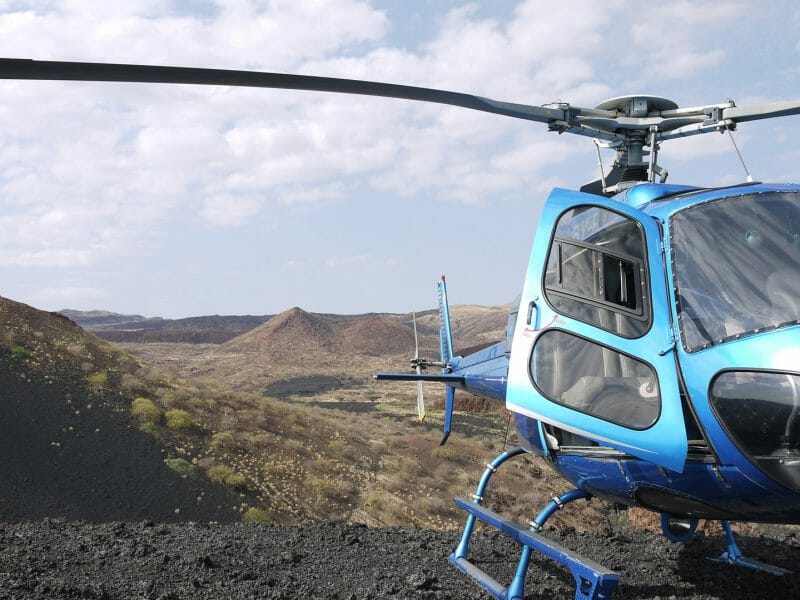
A unique opportunity to enjoy the best of Ethiopia by helicopter.
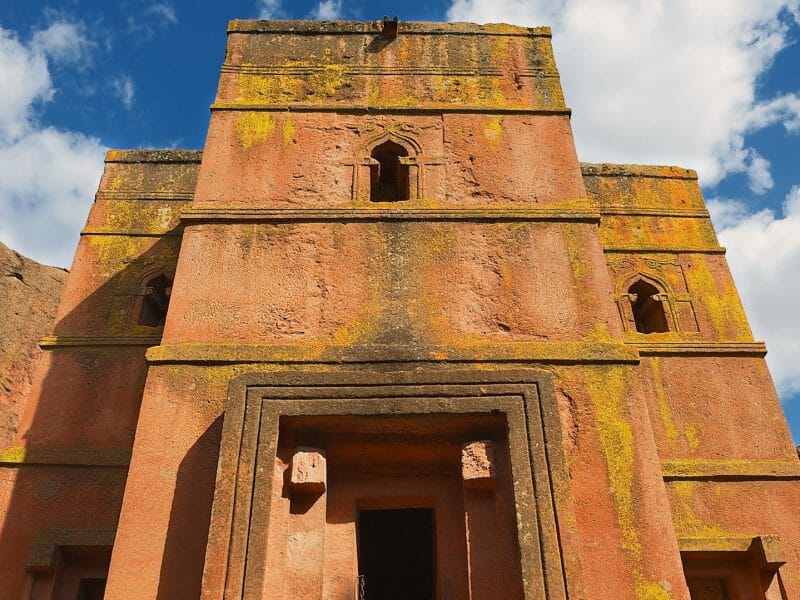 2
2
Walk through the new Jerusalem and the rock hewn churches of Lalibela.
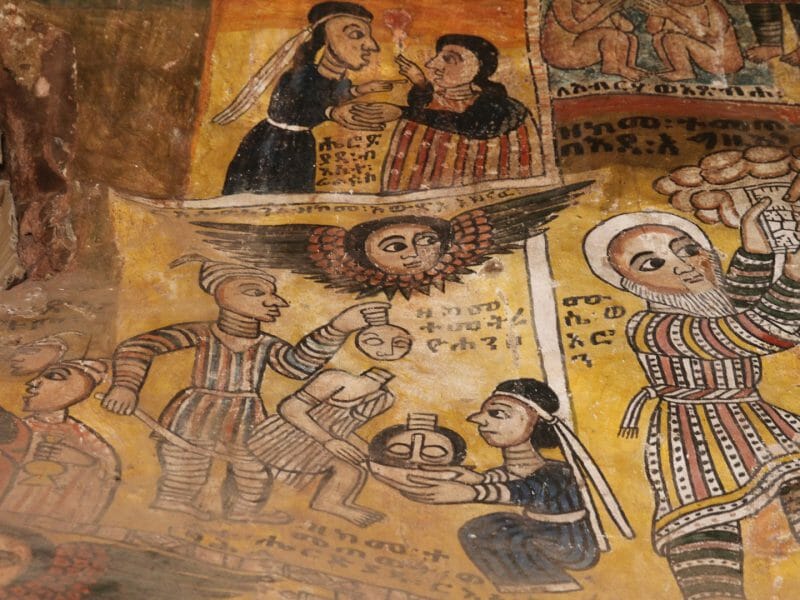
Discover the remote and inaccessible cave churches of Tigray.
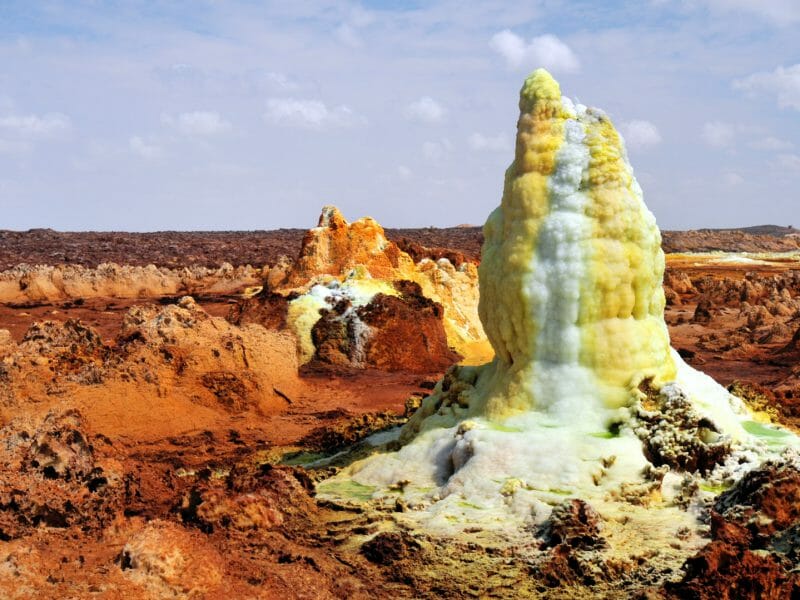
Explore the salt pans and acid lakes of the inhospitable Danakil
Having a private helicopter completely changes your perspective of Ethiopia. Up close, the rock-cut churches, mountain peaks and acid lakes are beautiful. But from the air, the landscape is mesmerising. The scale of the Danakil is breath-taking, the Simien Mountains seem to glow in the dawn light and the remotest of Tigray’s churches suddenly becomes reachable.
Day 1
Addis Ababa
Day 2
Addis Ababa - Lalibela
Day 3
Lalibela
Day 4
Lalibela - Simiens - Axum - Tigray
Day 5
Tigray - Simien Mountains - Tigray
Day 6
Tigray - Danakil - Tigray
Day 7
Tigray
Day 8
Tigray - Addis Ababa
Day 1
Addis Ababa
Day 2
Addis Ababa - Lalibela
Day 3
Lalibela
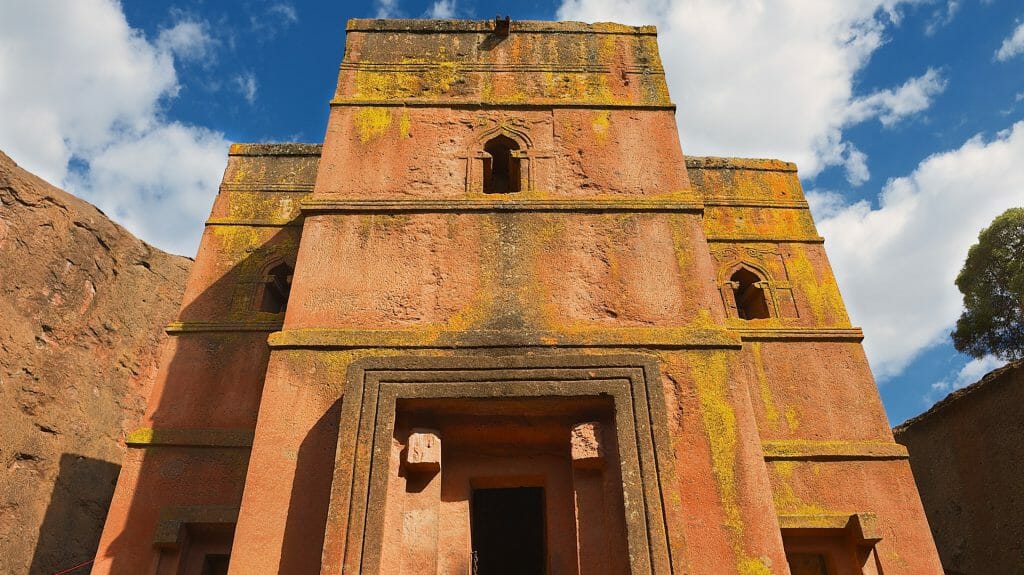
Walk through the new Jerusalem and the rock hewn churches of Lalibela.
Day 4
Lalibela - Simiens - Axum - Tigray
Day 5
Tigray - Simien Mountains - Tigray
Day 6
Tigray - Danakil - Tigray
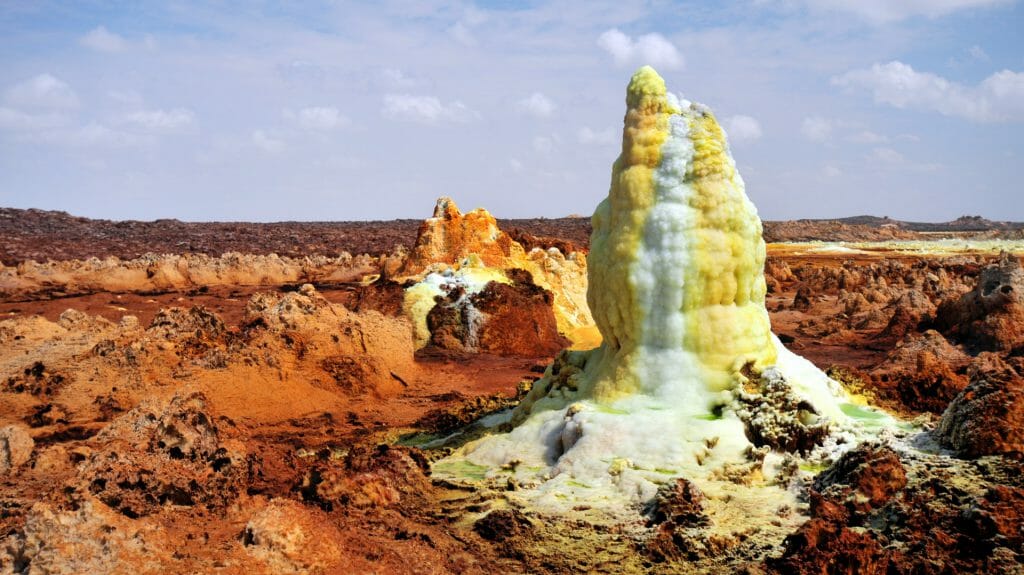
Explore the salt pans and acid lakes of the inhospitable Danakil
Day 7
Tigray
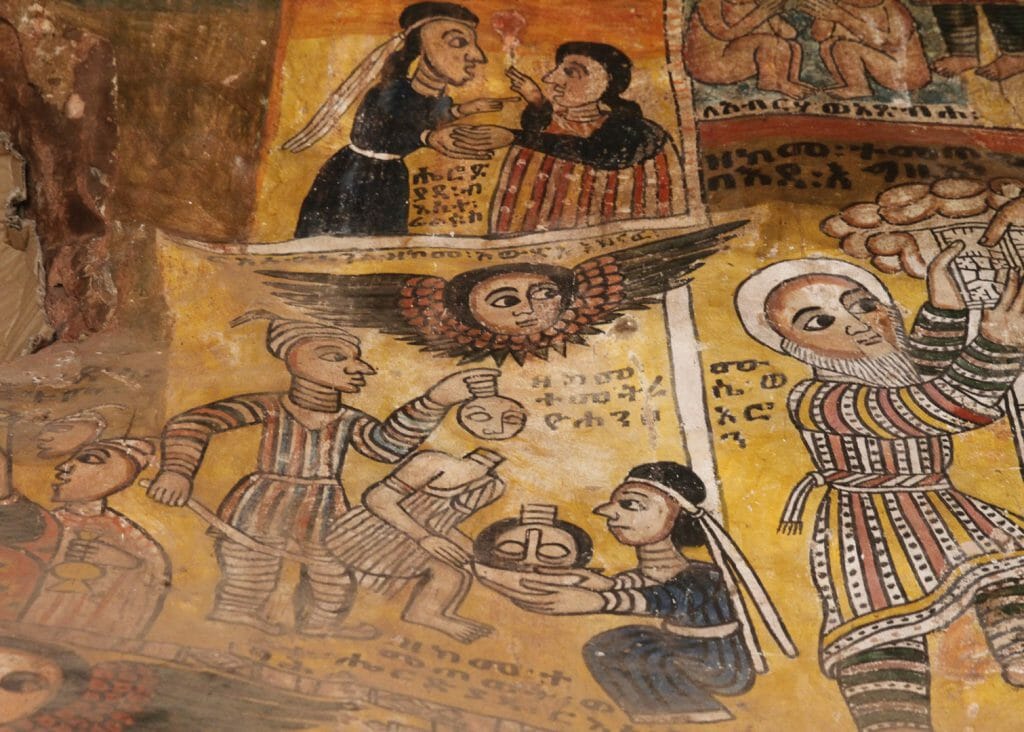
Discovery the remote and inaccessible cave churches of Tigray.
Day 8
Tigray - Addis Ababa
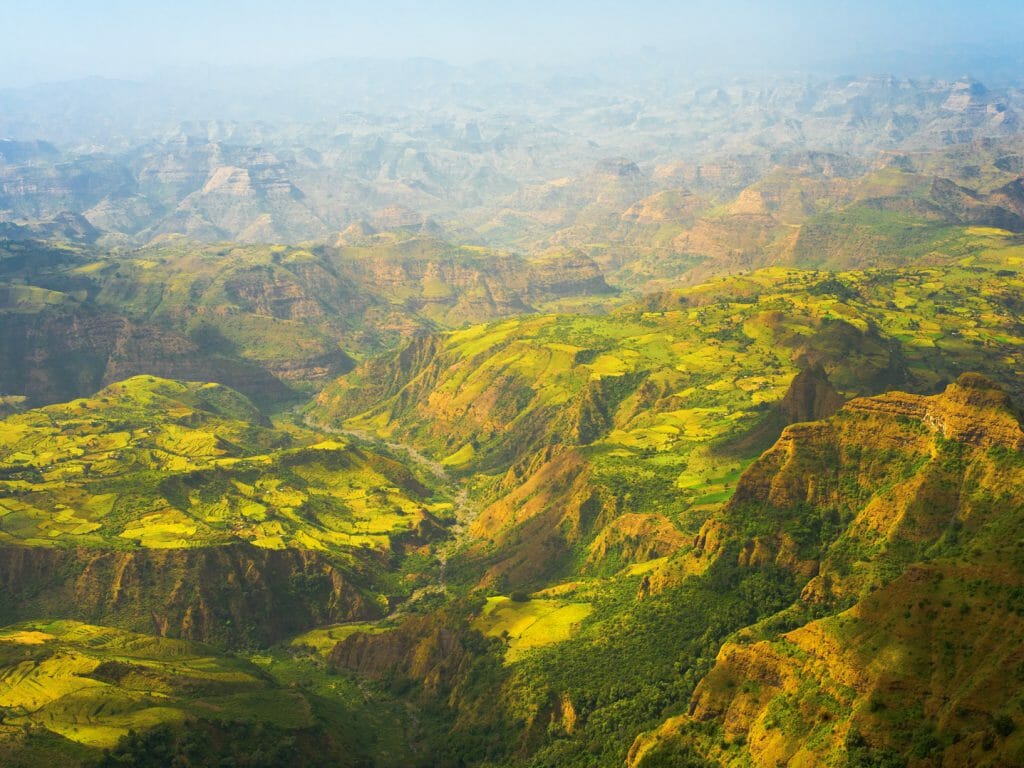
Soar over the Ethiopian landscape in a chartered helicopter, accompanied by a private pilot and guide. The beautiful topography of this richly diverse country is best appreciated from the skies. With freedom and flexibility, exploring at your own pace, travel from place to place, stopping to visit rock-cut churches, sacred caves, remote mountaintops and dramatic acid lakes.
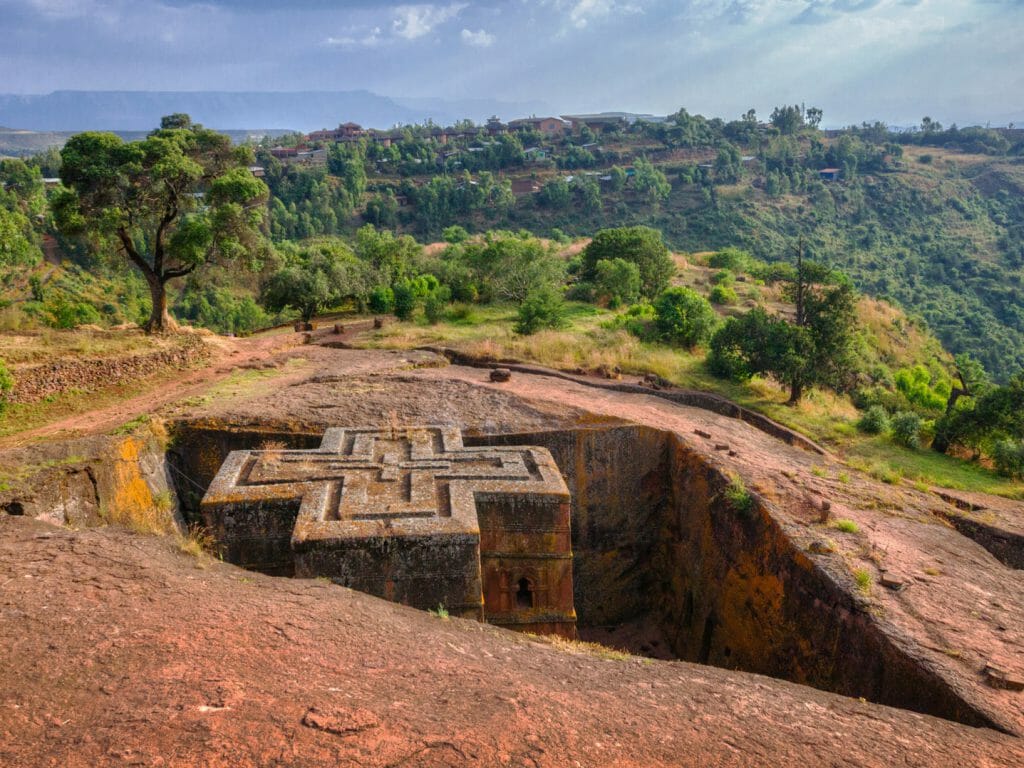
Begin in Lalibela, often referred to as ‘New Jerusalem’ and ‘The Eighth Wonder of the World’. The town’s eleven beautiful rock-cut churches draw pilgrims from all over the country.
Built during the 12th and 13th century, these religious monoliths are carved from the red volcanic rock. Unique for having been cut into living stone, their construction required the removal of vast quantities of rock.
The highlight is arguably the outlying Bet Giyorgis, often regarded as Lalibela’s most beautiful church. Carved into the shape of a Greek cross and perfectly preserved, this masterpiece is best appreciated in the late afternoon sunlight.
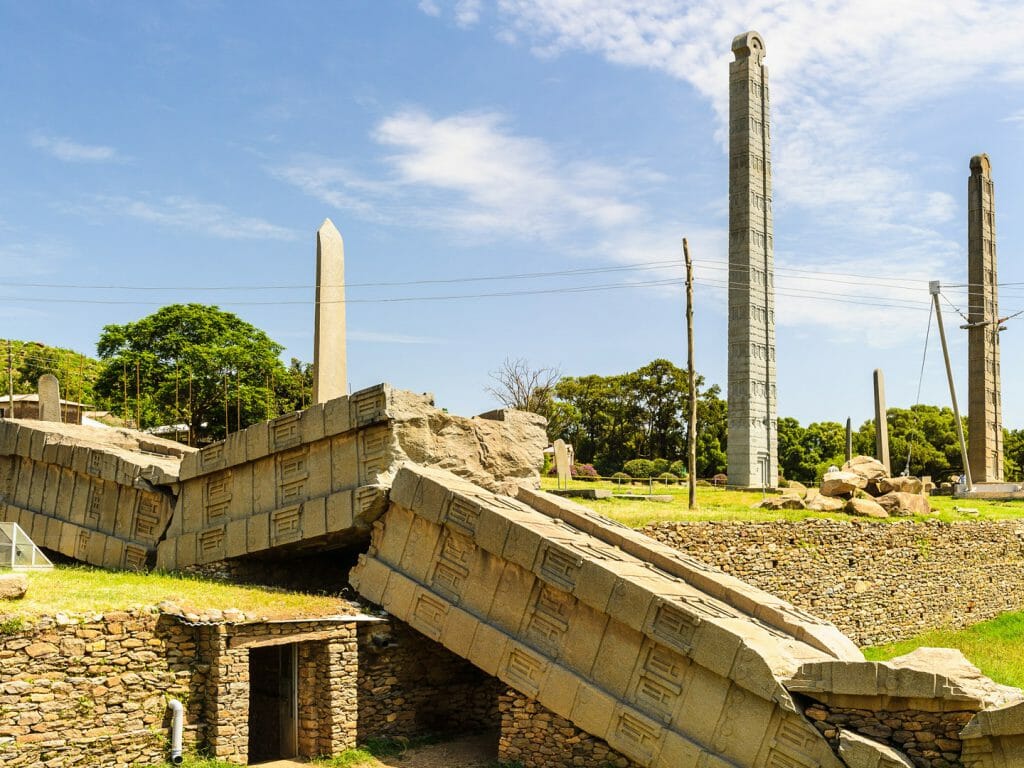
Embark on a dawn flight to the Simien Mountains. With the sun behind, the spires and pinnacles are an impressive sight. Lammergeier vultures are found exclusively in this mountainous terrain and can often be spotted soaring overhead.
After a picnic breakfast, continue to the fascinating town of Axum, Ethiopia’s most ancient capital and the holiest city of the Ethiopian Orthodox Church. Huge stone stelae, thought to be grave markers, tower over small, stone churches and ancient king’s tombs.
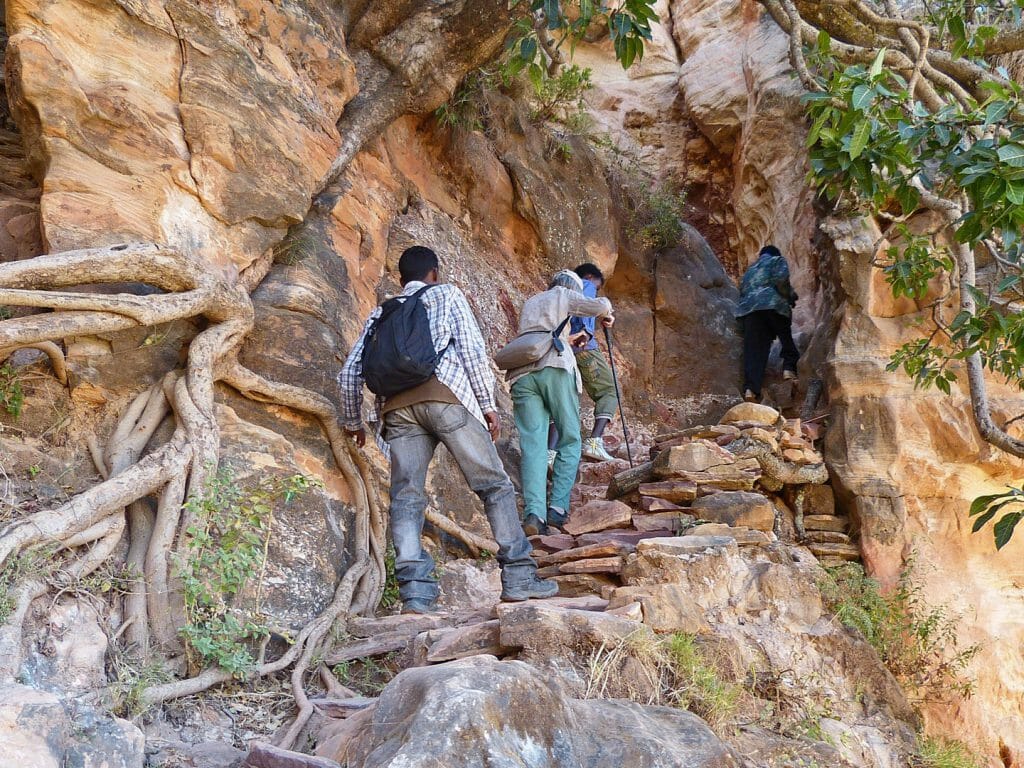
Continue to the remote and dramatic Tigray region, famous for its hard-to-reach cave churches. These amazing rock-hewn churches are perched on top of steep hills or carved into high cliff faces. Often they are only accessible by narrow footpaths that wind their way up seemingly sheer rock faces.
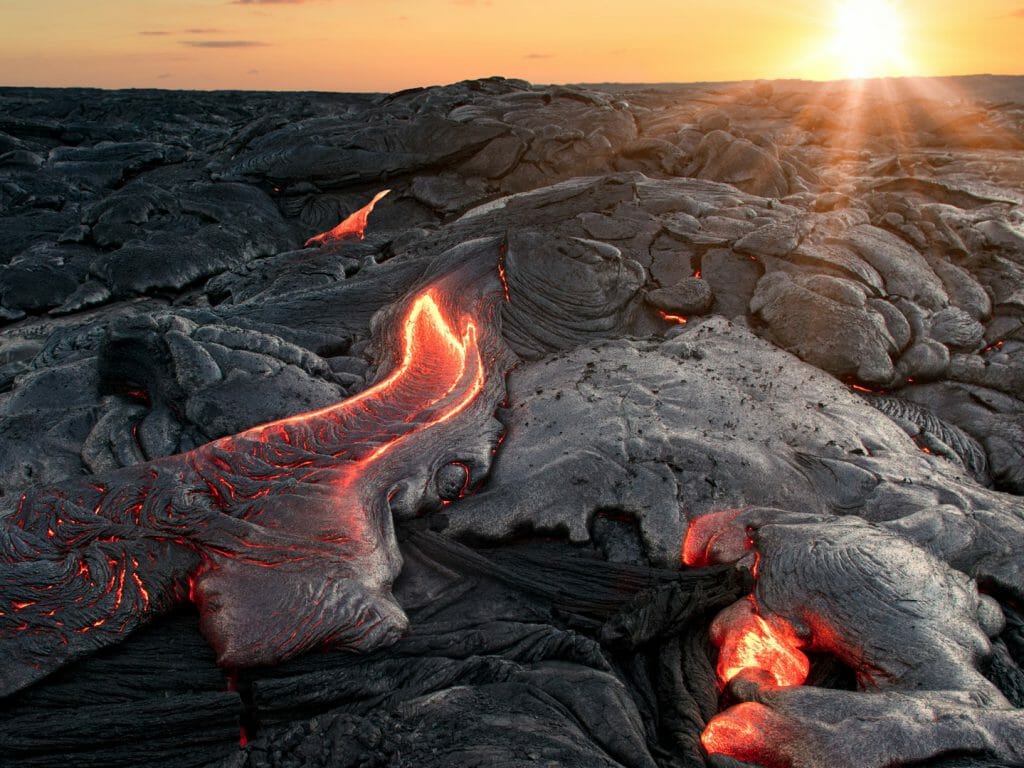
Fly to Ethiopia’s harsh northeast, home to the Danakil Depression. This is a place of acid lakes, volcanoes and giant salt pans. Encounter the camel trains of the Afar nomadic people, carrying blocks of salt across this hot, arid landscape, following trade routes that are millennia old.
Visit Erta Ale, an active volcano that emerges from the empty landscape. A bubbling lake of molten lava smokes and sputters, filling the mouth of the volcano.
Prices will vary depending on the time of year you are travelling. Prices do not include international flights. Please ask one of our Travel Experts for an accurate quote. Flights purchased through Steppes Travel departing from the UK are ATOL protected.
The climate in Ethiopia is divided into two seasons – the west seasons that runs from June to September, and the dry season than begins in October and ends in May. Whilst it is usually advised to travel during the dry season, travelling during both seasons has advantages so it will depend on your travel plans as to which month is best to travel.
It should be noted that from February to June, it can be quite dusty but rainfall will be minimal and average temperatures in February throughout Ethiopia will average in the low 20s.
Even though Ethiopia’s wet season begins in June, the southern regions will experience occasional periods of rainfall from March onwards and temperatures will start to rise throughout the country.
As temperatures are pleasant and prior to the west season, April can be an ideal month to travel to mountainous regions, ideal for trekking.
Prior to the west season, it is not uncommon for May to experience the occasional rainy day with temperatures averaging in the mid-20s.
From June to September, Ethiopia will experience the wet season. Daily rainfall will occur, mainly in the northern territories of the country.
The months of July and August are the peak months in Ethiopia’s wet season. The southern regions of the country will experience the rains first as they move on to the North from June onwards.
August can be a great time to visit some of the Southern tribes in Ethiopia, particularly in the Omo Valley. However, it should be noted that there are dramatic differences in temperatures from day to night, where the evenings are much cooler.
September is a good month to travel to Ethiopia. Just before the peak tourist season begins, there will be marginally less rainfall and the beautiful countryside comes to live as a result of the wet season.
October marks the start of the dry season which runs through until May. This is the best time to visit Ethiopia as after the heavy rains from June to September, the landscape will have flourished and so everything will be in full bloom.
Throughout the peak months, from the end of September until January, accommodation can get busier, particularly as many festivals take place in Ethiopia. Generally, Ethiopia will experience long days of sunshine and minimal rainfall.
In December, it is very uncommon to experience much rainfall throughout Ethiopia however, the temperatures in each region of Ethiopia will vary. The eastern areas of Ethiopia experience daily temperatures in the mid-30s yet the mountainous regions will be cooler due to the altitude.
Our knowledge, curiosity and expertise set us apart, driving us to create remarkable holidays and Beautiful Adventures tailored perfectly to you, carefully curated to help protect and conserve our planet.
Are you ready to Discover Extraordinary?



